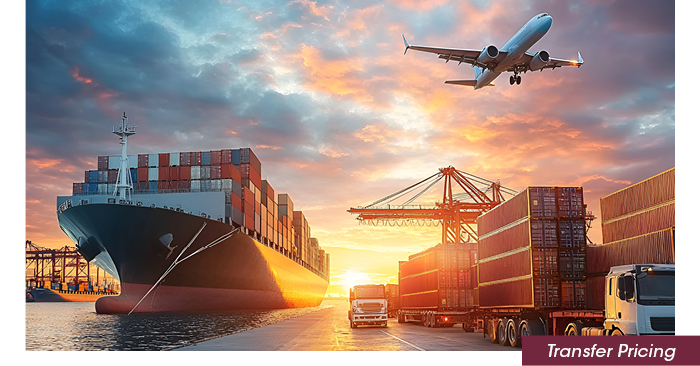By Alex Martin | Principal, Transfer Pricing
By Andrew Astor | President, Focus Solutions
Business taxes are regularly a hot topic of speculation with every new US presidential administration. This time, customs duty rates may actually be the more painful issue for importers. Higher tariff duties are designed to encourage domestic production, but many companies with extensive supply chains will be paying more regardless.
“Rising duty rates will come as an unwelcome hit to the profits of many companies.” – Alex Martin, KBKG Transfer Pricing Principal
Reducing Customs Duty Costs
Customs duties are generally calculated as a percentage of the inventory transaction value declared at the border. For many US importers, customs duty rates have not been prioritized with an average of two percent duty rates. Increases in duty rates to 25 percent or more – all applied to the purchase price of inventory – change that perspective.
Reductions in cross-border dutiable prices are ideal: at a 25 percent duty rate, every $100 decrease in COGS is a $25 savings. Strategically lowering pricing on imports can be a significant cost savings.
Balancing Customs and IRS Pricing Expectations
There are some nuances in valuing inventory prices for customs purposes compared to income tax purposes. Customs valuation rules apply on a transaction-by-transaction basis, while income taxes are assessed at the enterprise level. In addition, inventory pricing changes in isolation can lead to transfer pricing audit risks on the opposite side of the border.
With a 25% duty rate, every $100 reduction in COGS saves $25 at the border.
The IRS and US Customs work at cross-purposes, and companies are caught in the middle. In other words, the IRS audits US companies to reduce inventory pricing on intercompany transactions to raise taxable income. By contrast, US Customs audit adjustments raise inventory prices, leading to additional duties and penalties.
However, there are some tax and duty mitigation strategies available for some companies while complying with both authorities. More specifically, some companies can justify lower pricing for customs duty purposes while simultaneously increasing non-dutiable service fees and royalties.
In tandem, a company pays less in customs duty while managing income tax payments via non-dutiable higher royalties and services. Properly implemented, this reallocation of costs aligns with the arm’s length principle applicable under U.S. and global transfer pricing regulations.
“Higher tariffs have become a harsh reality for many companies. Managing these costs is now essential to weather the storm,” Martin added.
Conclusion
Higher customs duties are a reality for many importers. However, certain mitigation strategies can improve the situation:
- Customs Duty Savings: Reduced inventory values directly lower the ad valorem customs duties paid on imported goods. These changes can lead to significant cost savings, particularly for companies importing high-value items
- Compliance with Transfer Pricing Rules: Strategically adjusting royalties and service fees in tandem with inventory pricing can mitigate transfer pricing audit risks from changing transfer prices
- Enhanced Cash Flow: Reduced customs duties free up cash for reinvestment in core business activities, such as research and development, marketing, or expansion efforts, improving a company’s competitive position in the market
- Tax Optimization: A fresh look at customs duty valuation and transfer pricing valuation offers an opportunity to optimize global effective tax rates
- Operational Efficiency: Streamlined customs processes can reduce administrative burdens and associated costs, allowing companies to focus on strategic growth initiatives.
Where appropriate, these strategies can help businesses alleviate some of the additional costs from higher duty rates. A future article will provide insights on other customs duty savings strategies.
About the Authors
Alex Martin | Principal – Transfer Pricing
Alex Martin is Principal and Transfer Pricing Practice leader at KBKG, a nationwide tax specialty firm. KBKG was named one of the world’s leading transfer pricing consultancies by International Tax Review for the last four years…. Read More
Andy Astor | President – Focus Solutions
Andy is President of FOCUS Business Solutions, Inc. and has over 25 years of customs and international trade industry experience. Andy assists customers in being compliant with customs laws and regulations… Read More




